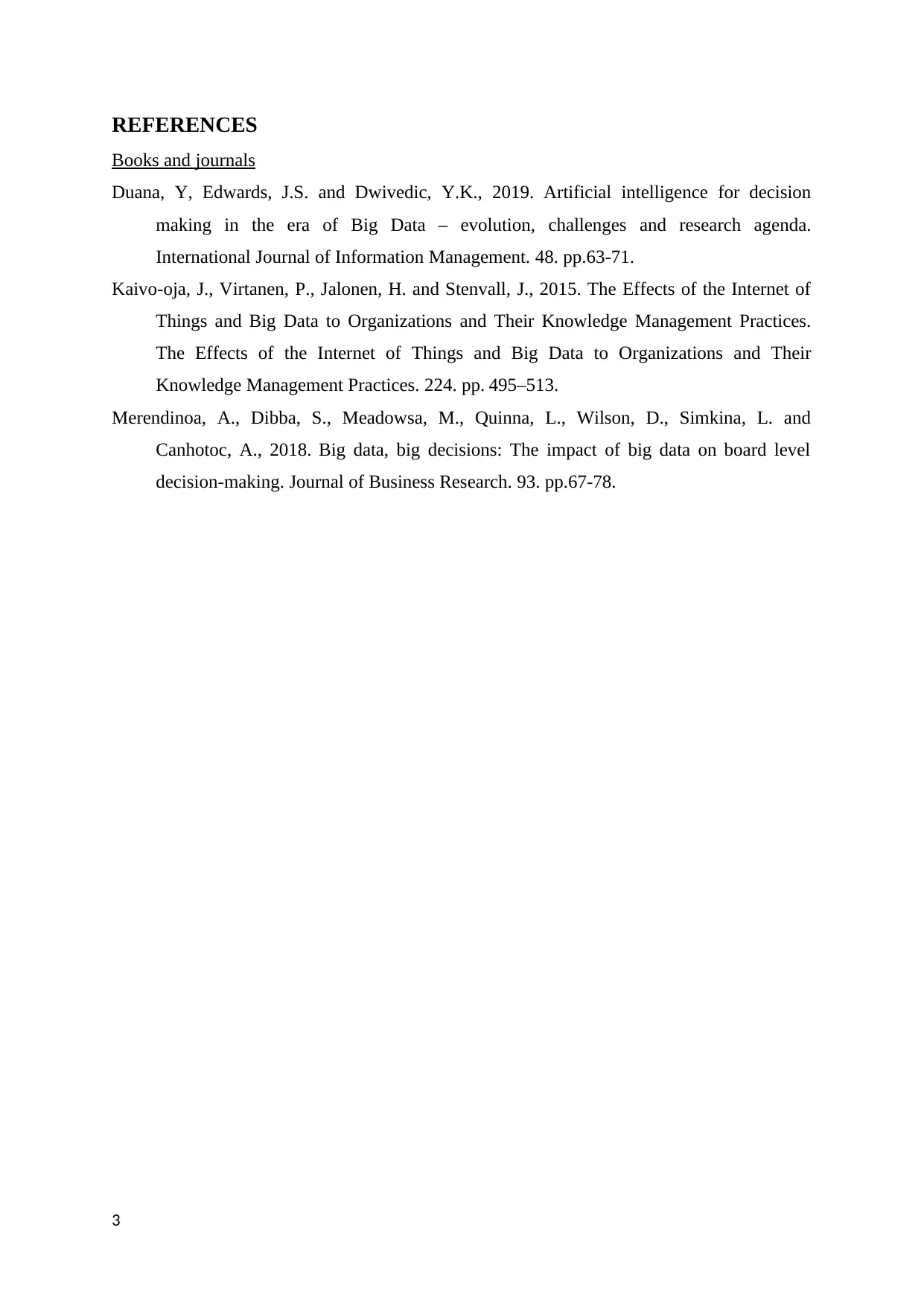Big Data Analysis: Tesco's Decision-Making and Business Strategies
VerifiedAdded on 2023/06/10
|5
|734
|120
Homework Assignment
AI Summary
This blog post explores the application of big data within Tesco, a leading UK supermarket chain. It defines big data and its challenges, including capturing, storing, and analyzing large and complex datasets. The post highlights the three key parameters of big data: volume, variety, and velocity, illustrating how Tesco leverages these aspects for strategic decision-making. Specifically, it examines how Tesco uses big data to generate new revenue streams, understand customer needs, redevelop products, and improve customer engagement and retention. The analysis references how Tesco utilizes real-time data for personalized services, automates processes, and optimizes sales approaches, supported by data from loyalty cards. The post references academic journals to support the arguments.
1 out of 5









![[object Object]](/_next/static/media/star-bottom.7253800d.svg)